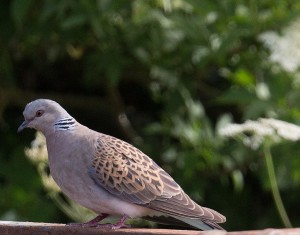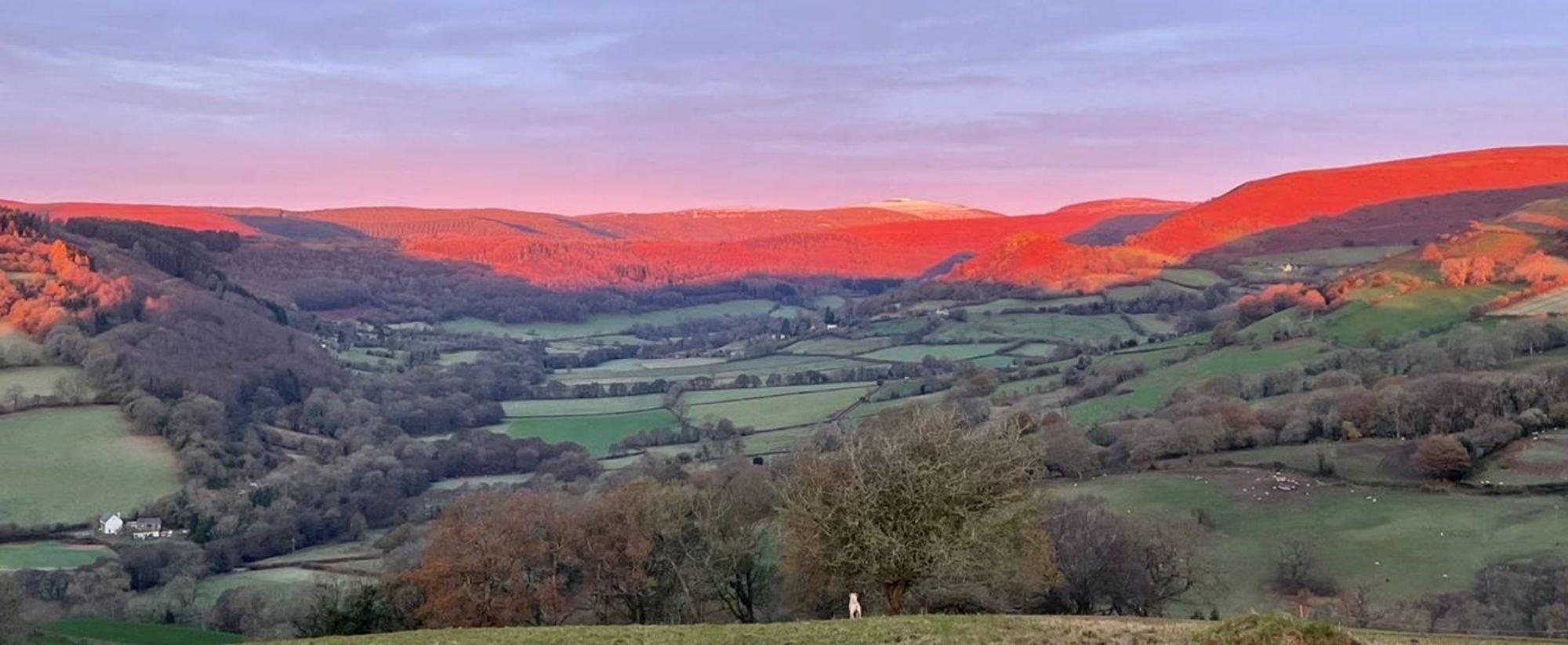David Blake of Cranborne Chase AONB, Wiltshire shares his thoughts on how farmers can work together to help farmland birds and other wildlife.
The South Wiltshire Farmland Bird Project (delivered by the Cranborne Chase AONB) started in 2009 designed specifically at reversing the decline of corn bunting (pic above), grey partridge, lapwing, tree sparrow, turtle dove and yellow wagtail – all specialist species on the Farmland Bird Index that are recognised to reflect the current health of lowland farmland.

Tracy Adams of Cranborne Chase AONB has worked with farmers to provide year-round habitats for birds including spring nesting areas, insects for young in the summer and seed in the winter, that have also benefited other less specialist birds alongside mammals such as brown hare and harvest mouse.
The key of the success of the project has been continuous free advice to farmers ensuring various options deliver for the bird species on each particular farm – whilst, most importantly, also being tailored to suit the way in which each farm is managed.
Countryside Stewardship options such as growing specialist seed mixtures or cereal crops with reduced chemical inputs can be difficult to manage, so it was critical to success that Tracy was able to provide agronomic advice on weed and pest control, crop establishment and cultivation as well as farmland ecology.
Her knowledge of both farming and ecology practice, as well as her diplomacy and obvious enthusiasm, has made her the ‘go-to’ person for this type of advice in the area. Tracy has provided one-to-one advice to 132 farmers across 24,000 hectares and helped create 1000 ha of new farmland bird habitat.

The project exemplifies the strengths of the landscape approach as delivered by AONBs across England and Wales and although originally funded by Defra and Natural England, the project has secured private funding from Wessex Water through to 2020.
Where next? There is no one prescription, no silver bullet solution for a Silver Lapwing Award. Each farming habitat is different, along with it’s management (with or without targeted predator control). Here at Cranborne AONB, we hope to keep funding so we can monitor and measure the outcome of this project to help encourage and inspire other farmers to take farming decisions that benefit wildlife.
(Standfast photograph of corn bunting courtesy of Cranborne AONB)
